We can advise you on the best natural building stone for your project based on what’s available at our various quarries.
natural building stone
The usage of natural building stones returns to a very long time ago. Buildings have been embellished for millennia with natural stone because of its aesthetic features, which have been exploited by builders and architects. Originality and individuality are exhibited by these organic construction materials because they may be fashioned into various surfaces through design and production processes. These surfaces can be distinguished by their varying qualities and appearances. A structure that is created out of natural stone is not only beautiful but also extremely durable and stable. Primary materials can be utilized in a wide variety of settings and applications. These materials have been used not only in contemporary architectural endeavors but also in the restoration of works of art and the construction of new structures. The use of these building materials has experienced a fresh revolution in recent years, mostly because of the environmental benefits that they provide. The extraction of stones merely requires a modest quantity of energy. These stones, such as the slates on the roof, have a lifespan of more than ninety years. Because natural stone does not have any substantial contaminants, it is quite easy to get rid of and recycle. The appearance of the stone is not necessarily indicative of its quality. Although the types of stone that are of high quality and premium grade as well as types of stone that are affordable and cheap share the same form and shape, the attributes of each type are wholly different.
 Three categories can be used to categorize marble:
Three categories can be used to categorize marble:
- Marble is a recrystallized form of limestone that was created when limestone underwent mineral changes and softened due to heat and pressure.
1-if it has more than 40% magnesium carbonate, it is dolomite. 2-magnesian: if the amount of magnesium carbonate is between 5% and 40%. 3-calcite: if the amount of magnesium carbonate is under 5%.
- Slate is a fine-grained metamorphic stone made of clay, shale from sedimentary rocks, and occasionally quartz.
Extremely thin and brittle. Usually, green, grey, or black.
- Serpentine: recognizable by marks that resemble the scales of a snake. Green and brown are the most preferred colors.
Magnesium is abundant in serpentine minerals, which are igneous in nature.  Igneous stones are typically created by the action of magma from volcanoes.
Igneous stones are typically created by the action of magma from volcanoes.
- Granite: quartz, feldspar, and potassium make up the majority of the material.
Has darker colors more often. It differs from genuine granite in composition and has relatively little quartz and feldspar.
- Man-made stones are created by adding stone pieces to synthetic materials like resin or cement.
Marble chips embedded in a mixture of colored resin are known as agglomerates or conglomerates.
- Trained or faux a mixture of resins that have been painted or combined with paint to resemble marble is called marble.
- Terrazzo: a cement-based mixture containing marble and granite chips.

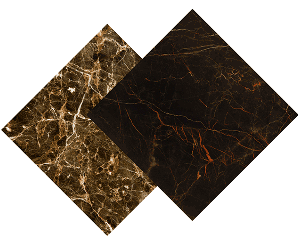
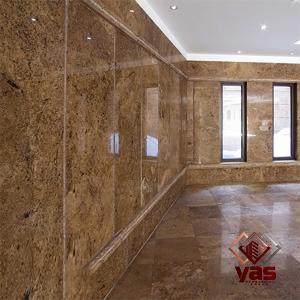
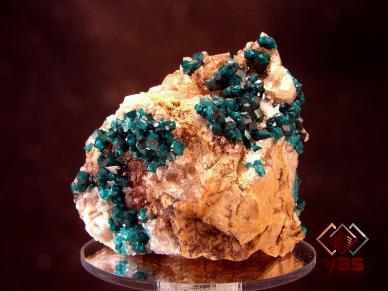
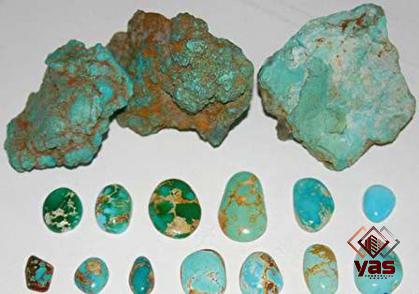
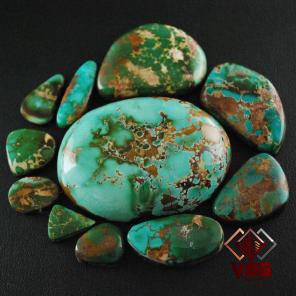
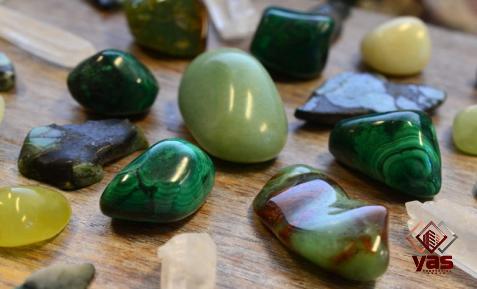
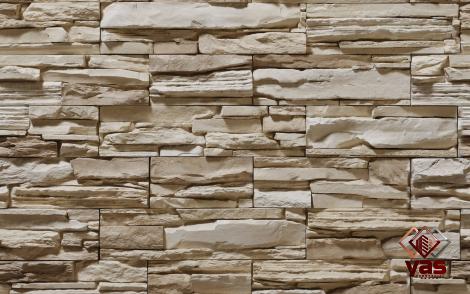
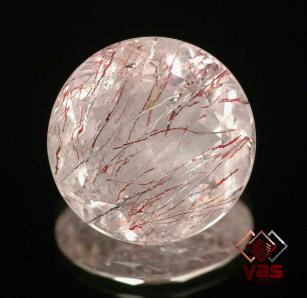
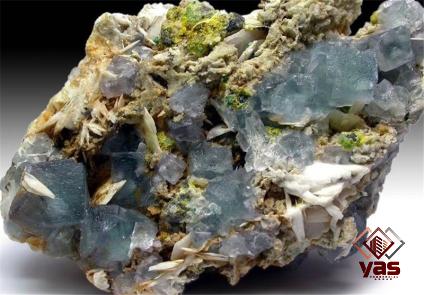
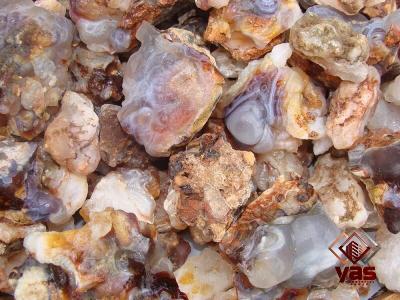
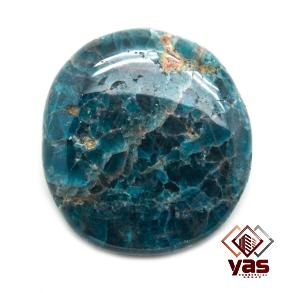
Your comment submitted.